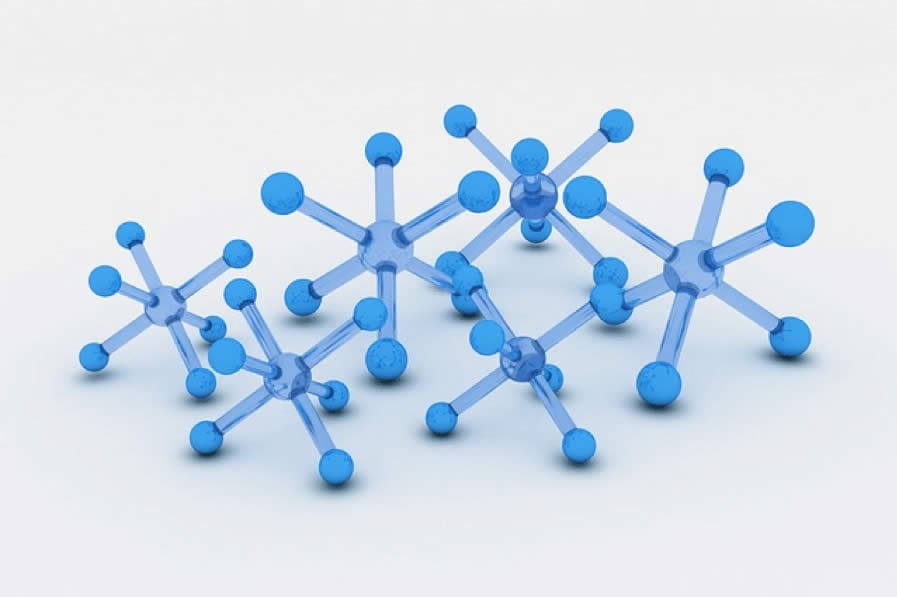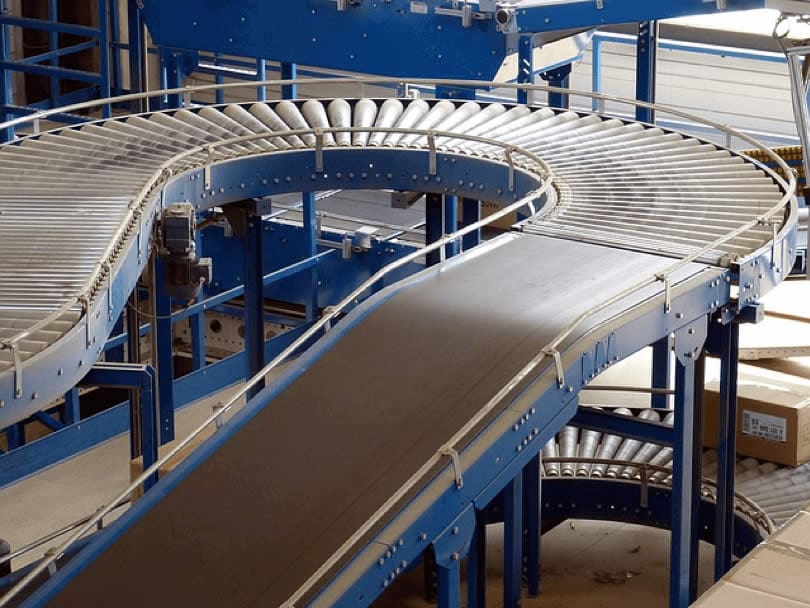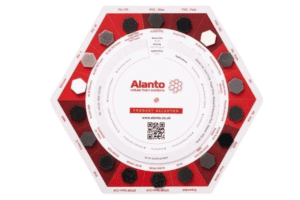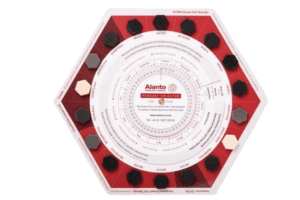Summary. Discover cutting-edge Foam Rubber Processing Technology and advanced Fabrication techniques. This blog delves into the creation of both open and closed-cell foam, highlighting key materials and manufacturing processes that define the industry standards and innovations in foam rubber production.
Foam Rubber is used in the foundations of a broad range of products that are used in day-to-day life. From parts of cars to the desk before you, Rubber and Foam components are widely used to pad out fixtures and fittings, conceal vibration and suppress noise.
Foam Rubber processing technology
Using a blowing agent, manufacturers create Foam Rubber by forming gas bubbles in a plastic mixture. This fabrication method produces a soft and versatile material, which they can then shape into various forms such as sheets and gaskets by cutting or molding the Foam Rubber material.
Moreover, Manufacturers can create Foam Rubber in several ways, using two common types: open and closed cell Foams. They create closed cell Foams to prevent gas movement within the material’s structure. Highly cross-linked polymers causing smaller gas bubbles allow for less movement and, as a result, create a structure that is more rigid and dense. Open cell Foams are more flexible with larger gas bubbles that create a softer appearance, often used for cushioning purposes.
The chemistry of Foam production: a quick overview

Foam products have individual, distinctive properties that allow them to perform in different ways. The outcome of the Foam Rubber is dependent on the materials that are used at the design stage. There are three main considerations for the initial ingredients that drastically affect the characteristics of the end Foam Rubber product, these are:
- The molecular structure
- The volume
- The reaction temperature
Furthermore, manufacturers use materials such as thermosetting polymers, a combination of methyl di-isocyanate, Polyurethane, and chemical additives, or natural latex, a latex serum tapped from the Rubber tree, in the production of Foam Rubber. Rigorous testing is necessary to find the right material and determine the correct balance of ingredients. By altering the chemical formulation of the starting materials, such as the blowing agent and surfactants, manufacturers can modify characteristics like flexibility, density, and thermal tolerance.
The manufacture of Foam Rubber materials

You must manufacture the Foam Rubber material by hand or using machinery, depending on the type being created. The polymerisation rates of each material differ from one to the next. Faster systems provide shorter cycle times but require machinery for speed and accuracy. Manufacturing processes such as dispensing, mixing, cutting, curing and more all contribute to the final Foam Rubber material and the products that they aid in daily life.

